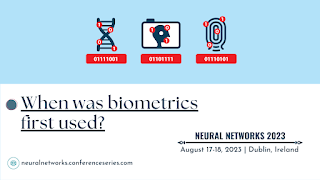How does Cloud Storage work?

Cloud Storage stores data on remote servers, such as files, corporate data, videos, or photographs. Users upload data to servers via an internet connection, where it is saved on a virtual machine on a physical server. To ensure availability and redundancy, cloud companies frequently distribute data to many virtual computers in data centers situated across the world. If storage requirements increase, the cloud provider will spin up extra virtual computers to handle the strain. Users can access data in Cloud Storage via an internet connection and software such as a web portal, browser, or mobile app via an application programming interface (API). Cloud Storage is available in four different models: Public: Public Cloud Storage is a paradigm in which an organization stores data in the data centers of a service provider that are also used by other businesses. Data in public Cloud Storage is distributed across various areas and is frequently available via subscription or pay-as-you-go. P
